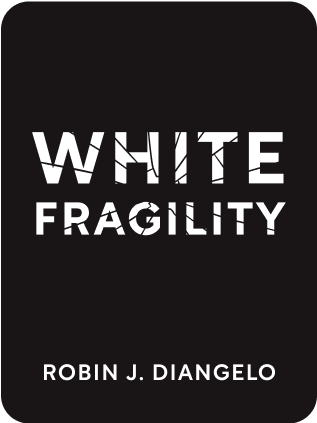

This article is an excerpt from the Shortform summary of "White Fragility" by Robin J. DiAngelo. Shortform has the world's best summaries of books you should be reading.
Like this article? Sign up for a free trial here .
What is white comfort? How does white comfort get prioritized over addressing the problem of structural racism?
White comfort is the theory that discussions of white privilege and structural racism threaten the comfort of white people. So, white people react harshly to the discomfort of being confronted by the existence of a racial hierarchy.
Read on to better understand the concept of white comfort and what it means.
White Comfort
White people react harshly to even the most minor challenges to their status in the racial hierarchy. This is known as white comfort. In anti-racist or anti-bias training seminars, DiAngelo recounts instances in which white participants were made aware of racially problematic statements or behaviors they’d engaged in during the course of the seminar. Inevitably, no matter how gently and constructively these criticisms were offered, they would be met with the same set of reactions, including:
- Outright denial;
- Claims to hurt feelings, physical distress, or having been misunderstood;
- Arguments that the message was delivered in a hurtful tone, and therefore not valid;
- Claims that their experiences with other forms of discrimination (like classism, sexism, or homophobia) either supersede racism or make it impossible for one to be racist;
- Claims that charges of racism are overblown, the product of oversensitivity, or directed at the wrong targets; and
- Accusations that the person of color making the criticism is the “real” racist for even having a discussion about race at all.
All of these responses invalidate the experiences of people of color and shut down the possibility of real engagement with the reality that all white people benefit from and continue to uphold white supremacy. They make the common mistake of conflating intention with impact. One’s intentions with regard to people of color are completely irrelevant when they result in racist outcomes.
White Fragility: Saving Face
White people lose face from these challenges, because they believe (incorrectly) that they are being attacked personally. In situations where myths of meritocracy are being challenged (as in a discussion of how white people benefit from racially biased hiring decisions, for example), white people may also feel that their sense of having “earned” their position is being called into question.
Unable to reconcile these challenges with their belief that they are good people, white people retreat into white fragility, which helps them save face. Many even use the language of violence to describe what they’re feeling when confronted with examples of their own racism, claiming that they feel “assaulted” or “traumatized.” One woman DiAngelo encountered even claimed that she might be suffering a heart attack after hearing that an anecdote she relayed was racially problematic. This woman was saying that even the mere discussion of racism could result in her death.
Some white people even cling to the idea that it is actually white people who face systemic racism rather than people of color (distressingly, a recent social survey found that 55 percent of whites believed this).
A Mechanism to Protect White Comfort
But we should not make the mistake of characterizing white fragility as merely a defensive mechanism. Rather, white fragility is a powerful means of reinforcing white supremacy and shutting down any challenges to it by people of color. It prioritizes white comfort.
By casting the white person in the discussion as the victim, white fragility enables white people to command social resources of time and attention. For example, a white woman brought to tears after being forced to confront her complicity in systemic racism might compel other people (even people of color) to comfort and reassure her that she isn’t racist.
Or, a white man who reacts angrily and defensively in the same situation will similarly refocus the attention on his angry and bombastic reaction. These tactics draw attention away from the discussion of systemic racism, shut down potential challenges to it, and make white concerns and white anxieties the focus.
Being able to set the terms of discussion, and define what is and is not acceptable, is itself a powerful manifestation of white privilege. White fragility demands that people of color as a means of social, emotional, economic, and even physical survival walk a constant tightrope around their white colleagues and neighbors. The cumulative effect of white fragility is to discourage people of color from challenging white supremacy by dramatically raising the emotional costs of doing so.

———End of Preview———
Like what you just read? Read the rest of the world's best summary of Robin J. DiAngelo's "White Fragility" at Shortform .
Here's what you'll find in our full White Fragility summary :
- Why white people become defensive when confronted with the idea of racism
- How today's racial hiearchy began in roots centuries ago
- How we as society can gradually overcome our deep racial divides






